The abbreviation “wtv” is a casual shorthand for “whatever.”
It’s frequently used in informal digital conversations, especially among Gen Z and Millennials, to express indifference, dismissal, mild annoyance, or agreement without enthusiasm.
But tone matters. The same “wtv” can read as:
- 😒 Disinterest: “Wtv, I don’t care.”
- 🙃 Nonchalance: “Yeah, wtv works for me.”
- 😤 Irritation: “Wtv, I said I’m done.”
2025 Update: With the rise of hyper-shortened texting culture and AI-enhanced predictive typing, “wtv” has gained even more traction on platforms like TikTok comments, BeReal captions, and Snapchat chats—becoming almost a “shrug in text form.”
📘 WTV: Stand For & Meaning
WTV stands for: Whatever
Usage: Slang/abbreviation in digital messaging (texts, DMs, captions, chat apps)
Core Meaning:
- An expression of indifference, resignation, or passive agreement
- Often dismissive, sarcastic, or laid-back depending on punctuation and context
Example Sentences:
- “I don’t even care anymore, wtv.”
- “You choose the movie. Wtv is fine.”
- “Wtv 🙄 you always think you’re right.”
🎭 The Power of Tone: How WTV Changes by Context
Tone is everything when using or interpreting “wtv.” Below are tone-based interpretations:
| Tone | Meaning of “wtv” | Example |
|---|---|---|
| Casual | I’m okay with anything | “Pizza or sushi? Wtv works.” |
| Resigned | I give up / no preference | “Wtv… I’m tired of arguing.” |
| Sarcastic | I strongly disagree but won’t argue | “Yeah, you’re always right. Wtv.” |
| Dismissive | Not worth my time | “Say what you want. Wtv.” |
| Friendly/Playful | Lighthearted agreement | “Wtv 😂 just text me when you’re free.” |
Pro Tip (2025): AI-driven sentiment detectors now often mislabel “wtv” as negative, so consider clarity if your message is meant to be neutral or humorous.
🧩 Why You Should Use (or Avoid) “WTV”
✅ Use “wtv” When:
- Messaging close friends or people who understand your tone
- You want to convey casual flexibility or surrender
- You aim to end a discussion without offense (e.g., “Okay, wtv”)
- You’re chatting quickly or within character limits
❌ Avoid “wtv” When:
- In formal or professional conversations (emails, workplace chats)
- You’re addressing conflict-sensitive topics
- You want to express clear preferences or care
- There’s potential for misreading or sarcasm to cause harm
🔄 11 Polite, Professional, and Playful Alternatives to “WTV” (Updated for 2025)
Here are refined alternatives categorized by tone, context, and subtlety, to help you express yourself better than simply saying “wtv.”
1. “I’m okay with either option.” ✅
Tone: Professional / Neutral
Use in: Work messages, client responses, polite group chats
Example: “I’m okay with either option for the schedule.”
2. “Anything works for me.” 🧘
Tone: Flexible, friendly
Use in: Planning, scheduling, informal meetings
Example: “Lunch at 1 or 2? Anything works for me.”
3. “I’m indifferent, go ahead.” 😌
Tone: Slightly detached, polite
Use in: Peer conversation, neutral response
Example: “Wanna watch horror or comedy?”
Reply: “I’m indifferent, go ahead and pick.”
4. “Let’s go with your idea.” 🤝
Tone: Collaborative / Affirming
Use in: Group decisions, team votes
Example: “You seem more passionate about this. Let’s go with your idea.”
5. “You can decide—I don’t mind.” 🎯
Tone: Considerate / Easygoing
Use in: Everyday texts, plans with friends
Example: “I’m good with whatever—you can decide.”
6. “I don’t have strong feelings either way.” 💭
Tone: Professional / Emotionally neutral
Use in: Workplace or academic chats
Example: “Both designs look solid. I don’t have strong feelings either way.”
7. “Up to you.” 🎲
Tone: Light / Nonchalant
Use in: Short texts, spontaneous plans
Example: “We could walk or take a cab. Up to you.”
8. “I’ll go with the flow.” 🌊
Tone: Laid-back, informal
Use in: Travel plans, casual outings
Example: “I’ll go with the flow—just let me know.”
9. “Fine by me.” 👍
Tone: Mild agreement
Use in: Reactions to decisions already made
Example: “We’re starting at 7 instead.”
Reply: “Fine by me.”
10. “Whatever you prefer.” 👑
Tone: Respectful, deferential
Use in: When yielding to someone else’s comfort
Example: “We can meet at your place or mine.”
Reply: “Whatever you prefer.”
11. “No preference—surprise me!” 🎉
Tone: Playful, enthusiastic
Use in: Food orders, date nights, gifts
Example: “Don’t tell me, just pick something fun. Surprise me!”
💬 Final Thoughts: Choosing the Right “Whatever”
“WTV” is a snapshot of digital minimalism—quick, loaded with tone, and increasingly common in 2025 text culture. But like any shortcut, its meaning shifts with the mood. The trick is understanding your audience, adjusting your tone, and when in doubt, opting for clarity over abbreviation.


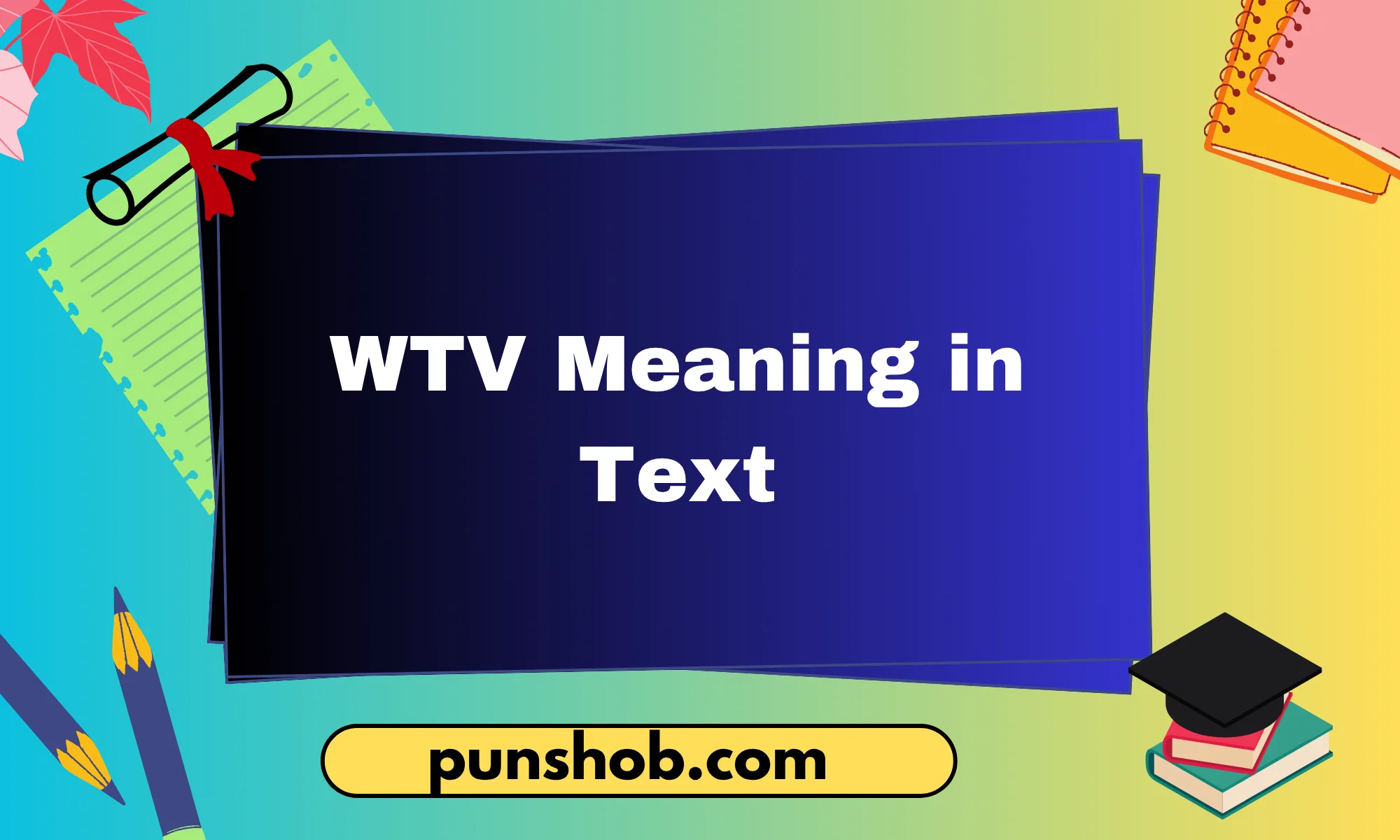
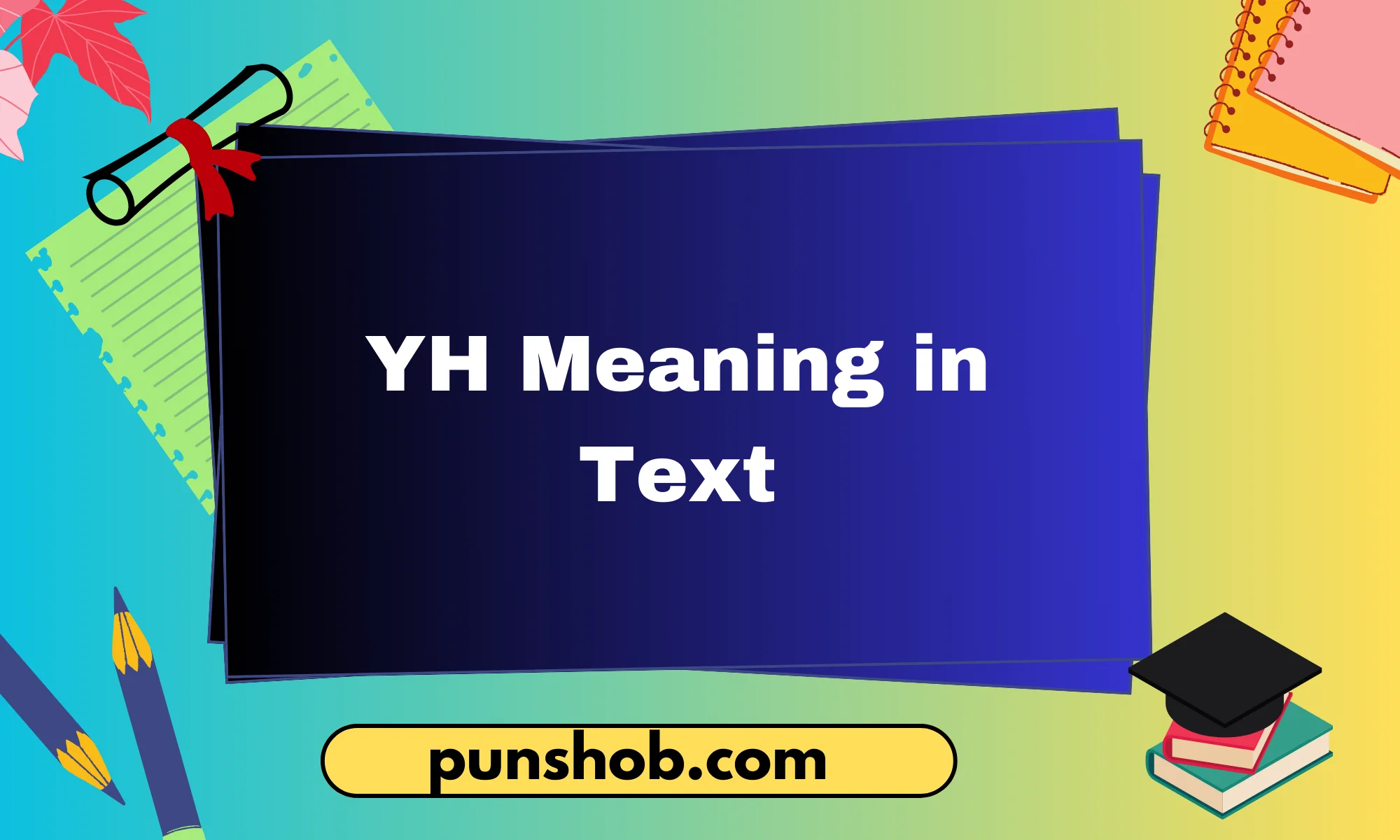
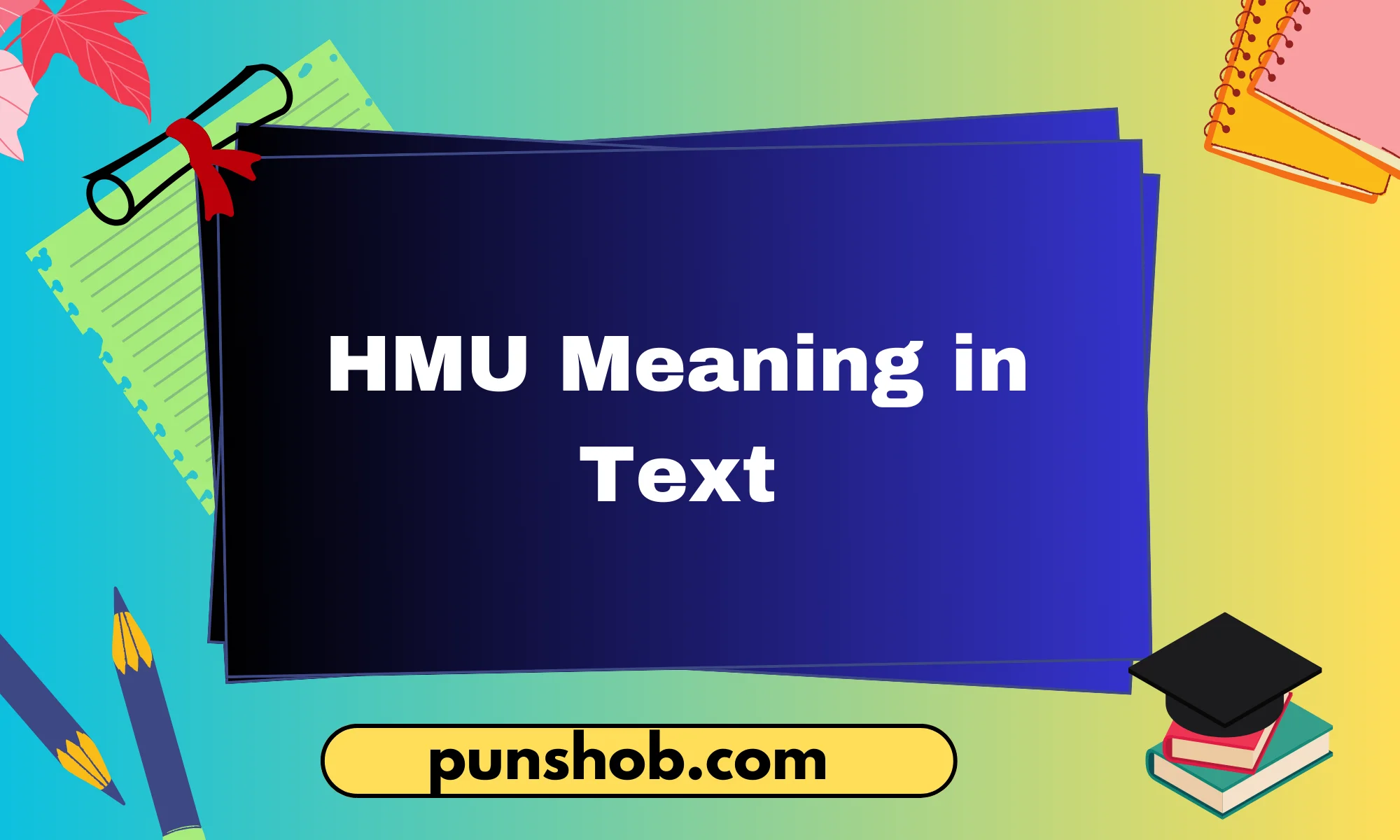
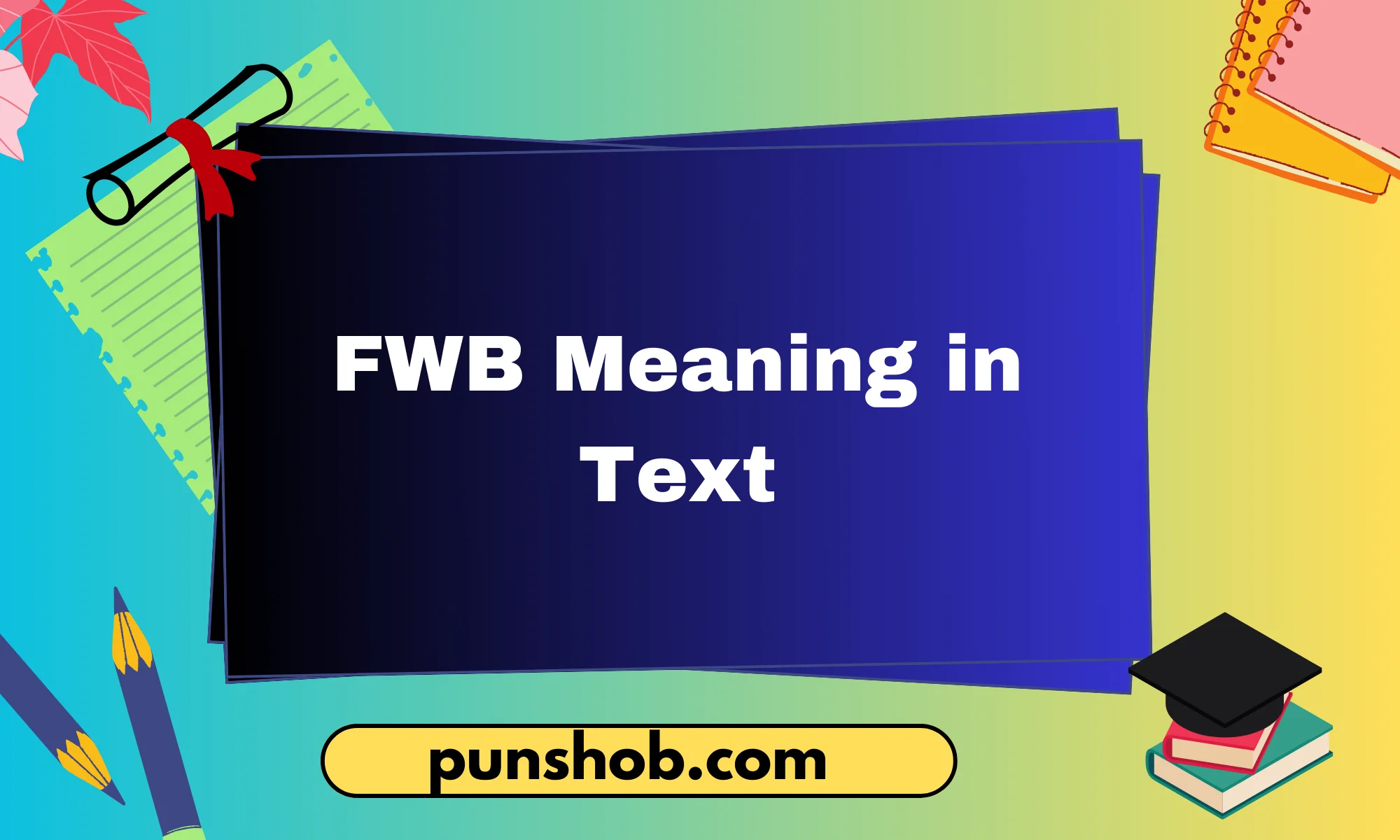
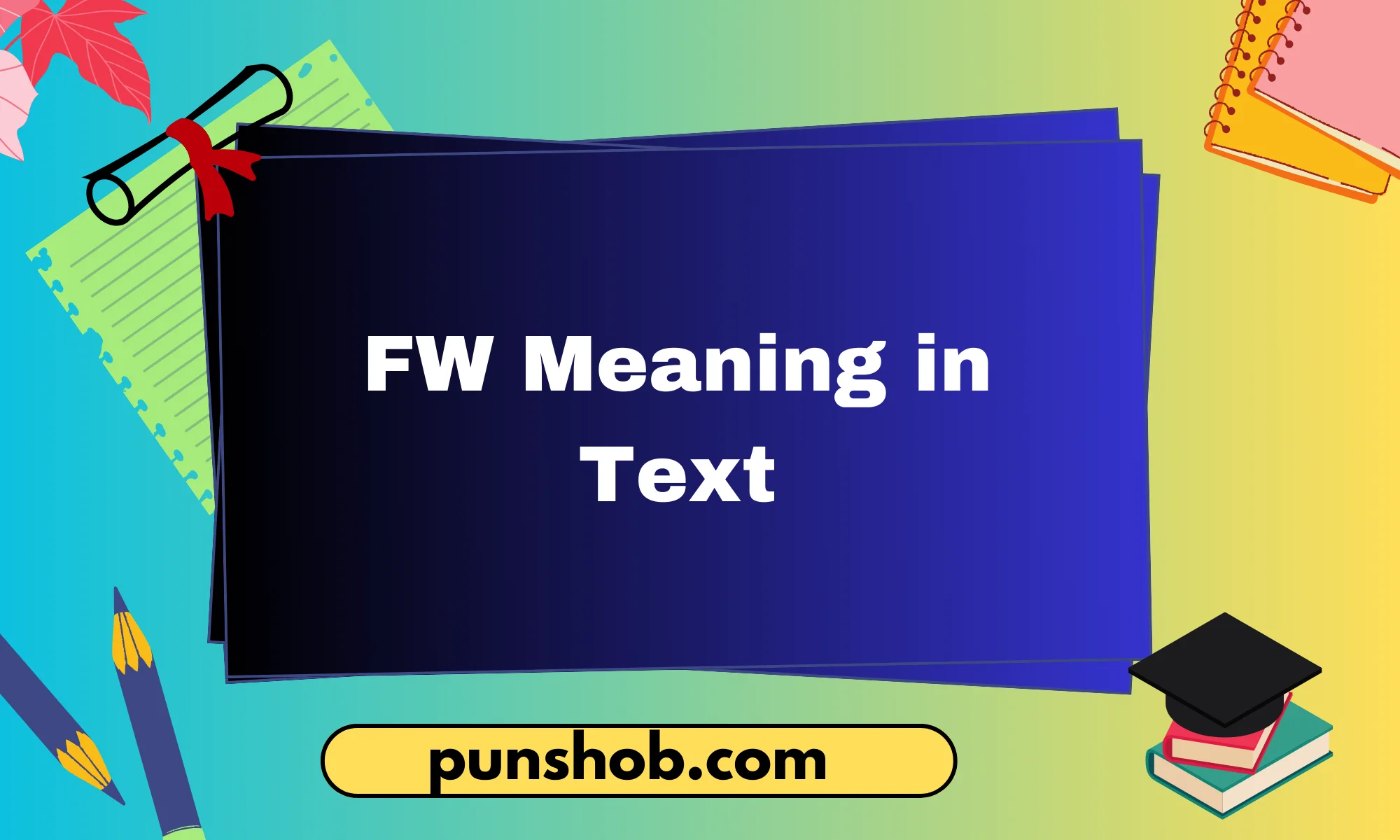
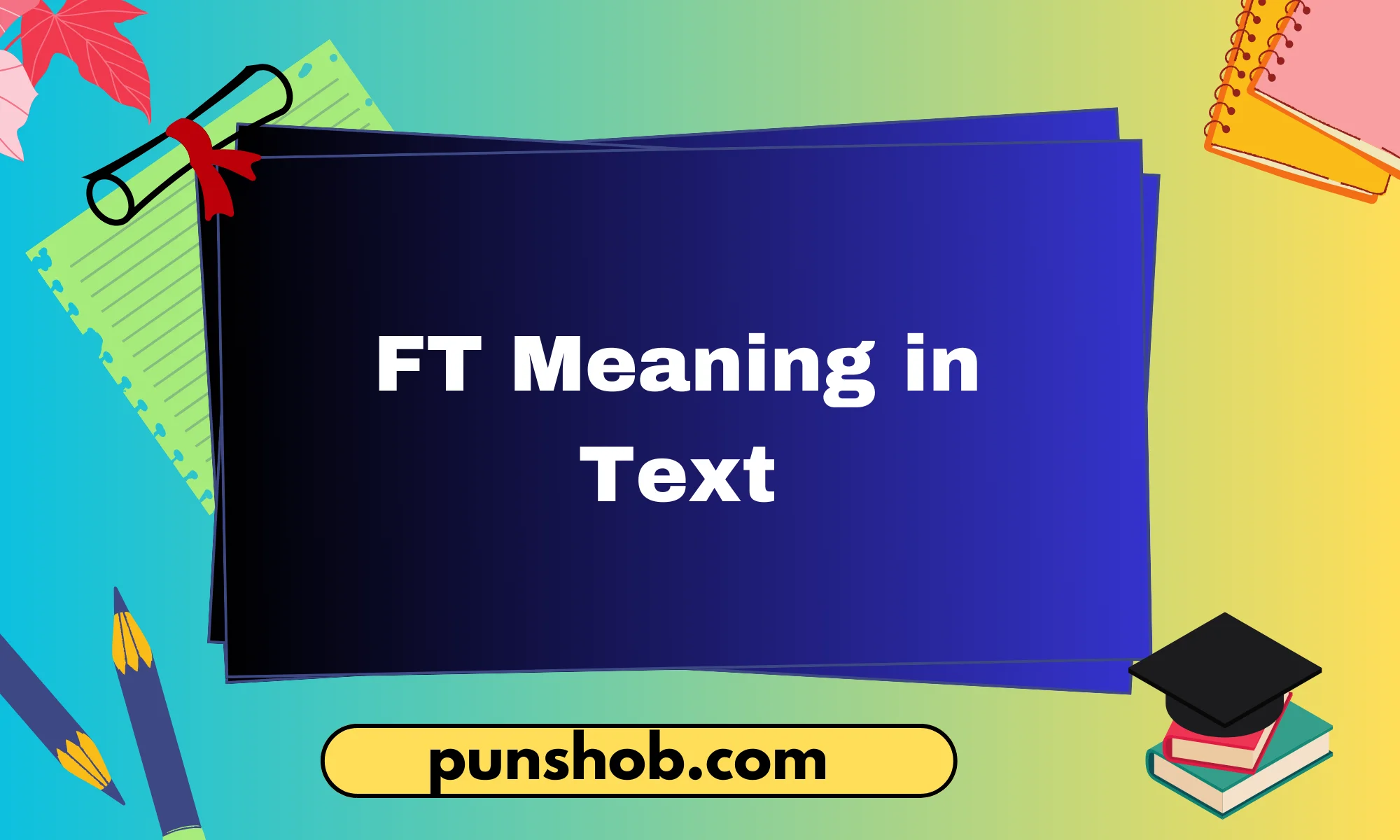
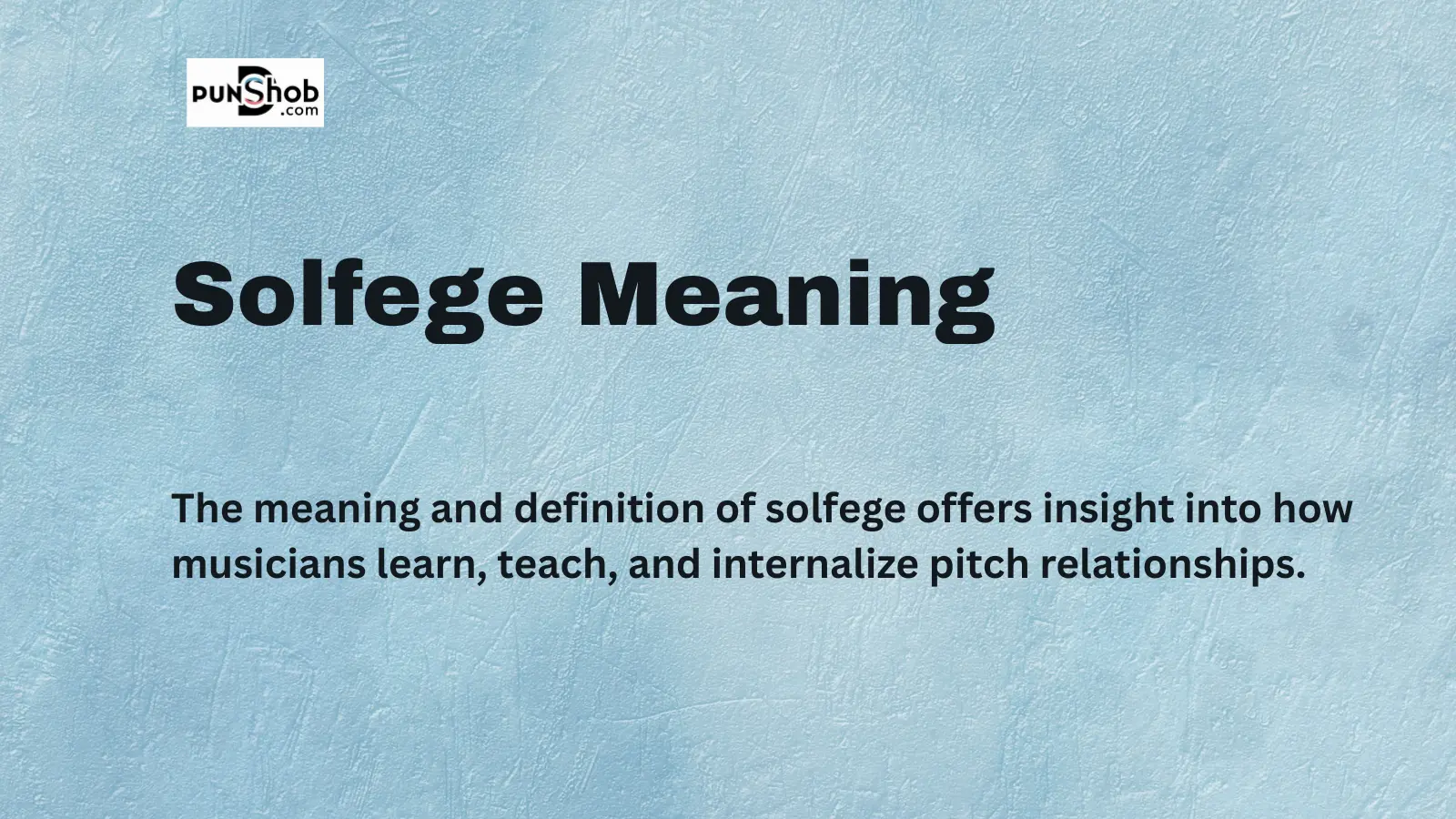

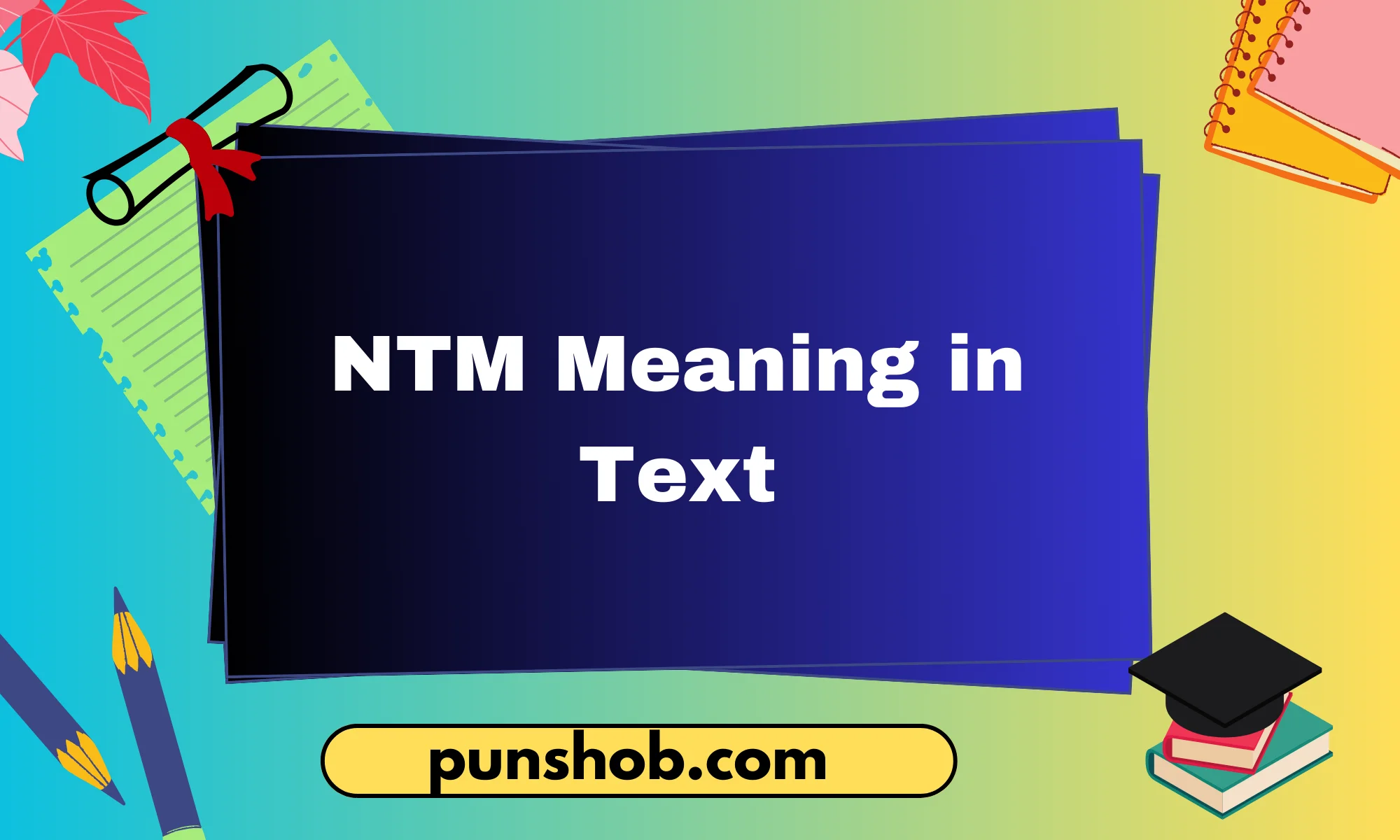
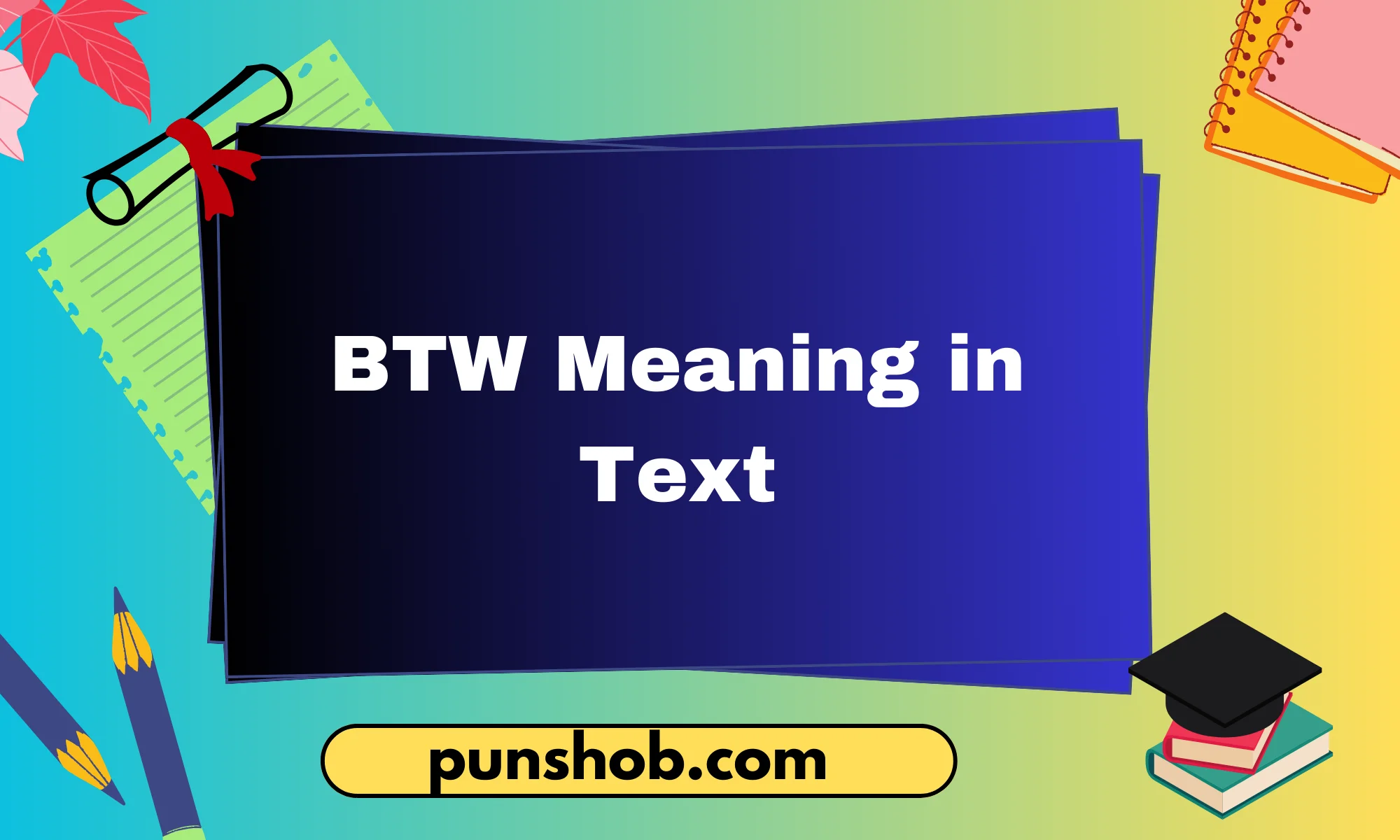
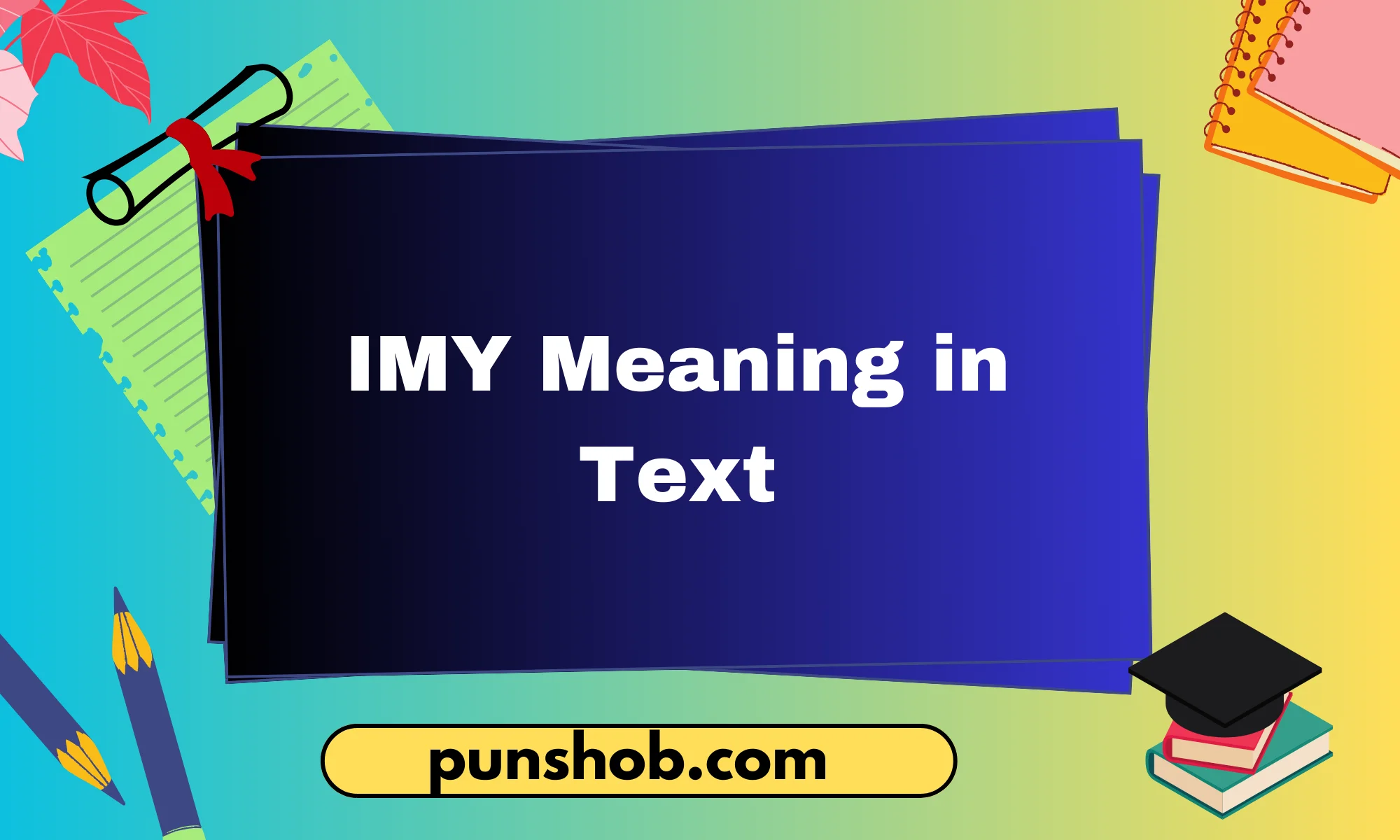
Leave a Reply